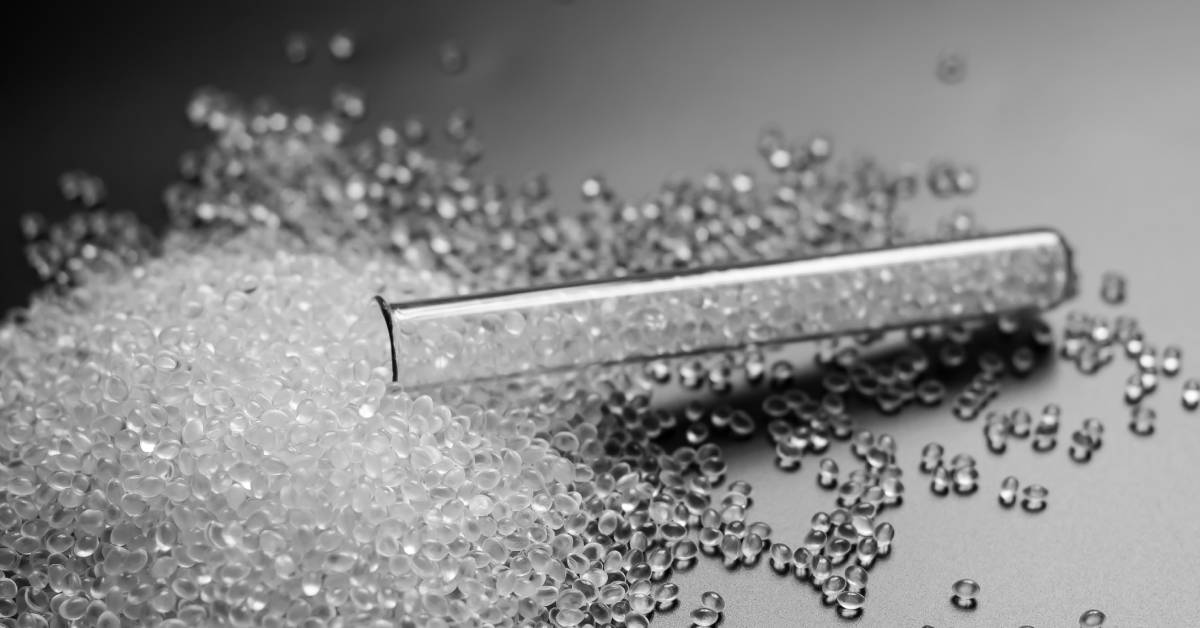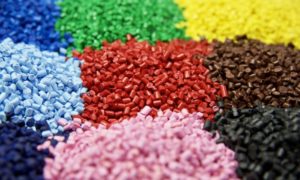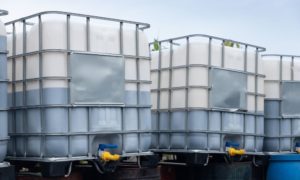Polypropylene and polyethylene are two popular plastics, but they are far from interchangeable. Their unique properties cater to different uses, which makes them essential in industries ranging from packaging to automotive. Here’s a breakdown of the differences between the two, which can help you better understand their potential applications.
Strength and Durability
Most people know polypropylene for its strength and rigidity. It’s ideal for heavy-duty applications like automotive parts or reusable containers. Polyethylene, on the other hand, is softer and more flexible. It possesses unmatched durability in applications requiring a material that can withstand bending and impact, such as plastic bags or playground equipment. When comparing polypropylene and polyethylene, it’s important to consider how each material performs under stress.
Temperature Resistance
Temperature tolerance also sets these two plastics apart. Polypropylene can handle higher heat thresholds and is suitable for heat-resistant components and food-safe containers that require sterilization. Polyethylene tends to soften at lower temperatures, which works well for applications that do not encounter much heat, like insulation materials. This characteristic makes polypropylene stand out when durability under heat is critical.
Chemical Resistance Capabilities
Both polypropylene and polyethylene perform well against chemical exposure, but there are distinct differences. Polypropylene excels in resisting many acids and organic solvents. Polyethylene is also resistant but can degrade with constant exposure to certain chemicals. These properties make comparing polypropylene and polyethylene crucial, especially when deciding on materials for industrial or packaging purposes.
Density and Weight
The density of these plastics influences their functionality. Polyethylene tends to be less dense, which makes it lighter and great for items like plastic films or water pipes. Polypropylene, being slightly denser, offers sturdier construction for products that need to be lightweight yet durable. Each material’s weight-to-durability balance suits specific applications perfectly.
Environmental and Recyclability Factors
When it comes to recyclability, both polyethylene and polypropylene have certain advantages. Both are recyclable but differ in the extent to which you can reuse them. Polyethylene is commonly found in consumer products, which enables wide-scale recycling. Polypropylene is less frequently recycled but has gained attention for its durability, which reduces the need for frequent replacements. Considering these factors is essential when trying to find eco-friendly solutions.
Moisture Resistance
A standout quality for both plastics is their water resistance, but they shine in different ways. Polyethylene resists moisture effectively while also maintaining solid mechanical properties. Polypropylene likewise excels in water resistance, which makes it a widely used corrosion resistant plastic in industries that manage fluids.
Both materials offer valuable properties, but the best choice depends on your specific requirements. Miller Plastic Products has been machining custom plastic parts for over 50 years. Contact our team of experts today to discuss which material will best suit your project.




